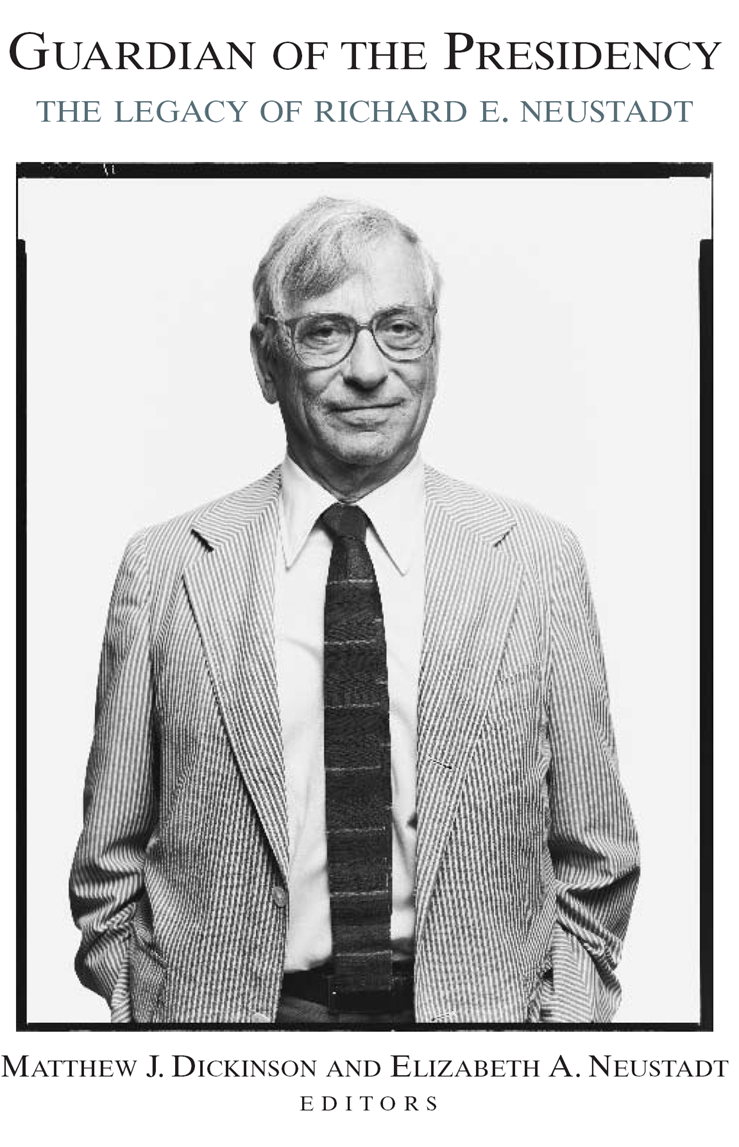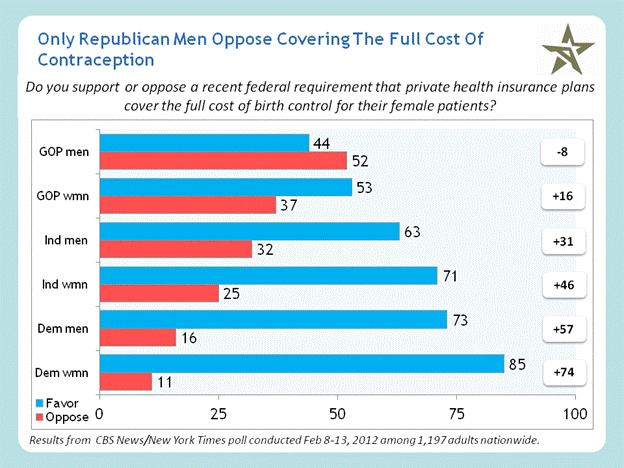Jon Bernstein, who produces thoughtful political analysis at his PlainBlog website, and I are usually in agreement, but Jon takes issue with a number of recent posts I’ve made about the nomination campaign. Rather than waste your time defending my points – you’ve already read what I have to say – I suggest that you take a glance at Jon’s post. If he objects to something, it’s usually for good reason. Perhaps confirming Jon’s criticisms, I should also note that Politico, the online politics website, in excerpting my piece yesterday on why the results in Georgia are more important than Ohio’s, describes me as a “Presidency Scholar” – in quotation marks (as in “alleged”)!
By now, most of you understand that I sometimes play the role of a provocateur, especially when I think conventional wisdom needs some pushback. Of course, it’s often with tongue firmly in cheek. But don’t let a bit of humor distract you from my underlying point. It is in that role of provocateur that I write these words:
He’s back.
Newt Gingrich, I mean. While pundits have been focusing on the Santorum-Romney faceoff, particularly in Ohio, Newt – if polling can be believed – has quietly pulled himself into contention in Tennessee and, possibly in Oklahoma as well. He may even steal a delegate or two in Ohio, to go with a likely huge delegate haul in Georgia, the biggest ticket of them all tomorrow. The bottom line? It is possible that he will bring home more delegates than Santorum when all the Super Tuesday voting concludes. This despite a media narrative that has, again, all but written the Newtster off.
Just so there’s no confusion here – Romney is poised to bring home a plurality – perhaps even a majority – of the 400-plus delegates at stake tomorrow. He will easily win Vermont (only he and Ron Paul are even advertising here) and Massachusetts. Only he and Paul are on the ballot in Virginia. I suspect he’ll clean up in the Idaho caucuses, with their strong Mormon component. I’ve got no clue what will happen in the North Dakota caucus, or in Alaska. (There was a Ron Paul sighting there I think). But in the four major contested states – Georgia, Ohio, Tennessee and Oklahoma, Newt will give Mitt a run for his money.
I talked yesterday about Georgia. The latest CNN poll there has Newt at 47% – within shouting distance of 50%. That suggests he may reach 50% in at least some of the 14 congressional districts, meaning he takes all three delegates in each district in which he wins a majority, thus shutting the other two out. At the same time, polls indicate Santorum has dipped below the 20% threshold required to qualify for any of 31 at-large delegates. Remember, this is where Newt benefits from the 21 bonus delegates Georgia has earned – they are allocated statewide.
In Tennessee, meanwhile, two recent polls have Newt within 1-4% of the lead. Just five days ago he was .polling at about 20% – now he’s pushing 30%, if the polls are to be believed. Remember, Tennessee has a very strong evangelical base comprising roughly 60% of likely Republican voters – a group Mitt has not done well with. So although Romney is polling about even with Santorum there, his support may be soft. And if Santorum begins slipping, as he has done in Ohio and Georgia, Newt may be poised to sneak in a second victory tomorrow. It’s still a longshot, particularly since Rick may have banked a lead based on early voting, but less of one than it appeared to be even five days ago. But even if Newt finishes second, or a close third, he will pick up some of the 28 at-large state delegates and, possibly, a handful of the 27 congressional district delegates. In sort, I expect that he and Rick will probably run pretty even in the Tennessee delegate race with Santorum having perhaps a slight advantage.
Then there’s Oklahoma, with its 40 delegates (25 at large and 15 allocated by congressional districts). The key here is to break the 15% threshold in order to qualify for either statewide or district-based delegates. The last poll that I’ve seen was from four days ago, and had Santorum up with 37%, followed by Romney at 26% and Gingrich at 22%. I have no idea if the Newt surge that is happening in Tennessee and Georgia is also taking place here. But even if these figures don’t change, Newt will pick up some delegates here too although probably not as many as Santorum or Romney.
That leaves Ohio, the second largest delegate haul of the day. Here we have plenty of polling and it consistently places Newt a distant third. Although the media focus has been on the Romney-Santorum duel, there is some evidence that Gingrich may have gained a couple of percentage points here in the last four days. It’s still a longshot but if he reaches 20% he qualifies for some of the 15 at-large delegates here, although it seems unlikely he’s going to win any district- level delegates. So Ohio will go a long way to offset Newt’s delegate advantage in Georgia. Keep in mind, however, that Santorum didn’t file a full slate of Ohio delegates, so he is going to fall below what his popular vote suggests he should get.
Of course, the situation is quite fluid, polling data is uncertain and anyone who says they know what the final delegate totals will be is lying. But I think based on my back of the envelope calculation that Newt could actually beat Rick in the delegate haul tomorrow. Assuming Newt does, what is the significance, if any? At the risk of provoking my colleagues again, I think it means that Newt goes on. At the very least, it means Newt receives a burst of positive media coverage, possibly an infusion of cash and added motivation to stay in the race, which moves onto terrain presumably more favorable to him a week later with primaries in Alabama and Mississippi with a combined 90 delegates at stake. That won’t change my belief that Mitt remains the odds-on favorite to win this. But what I believe doesn’t matter – it’s what the candidates think that does. A week ago some thought Super Tuesday would end Newt’s candidacy. Now it may actually prolong it.
More tomorrow.



